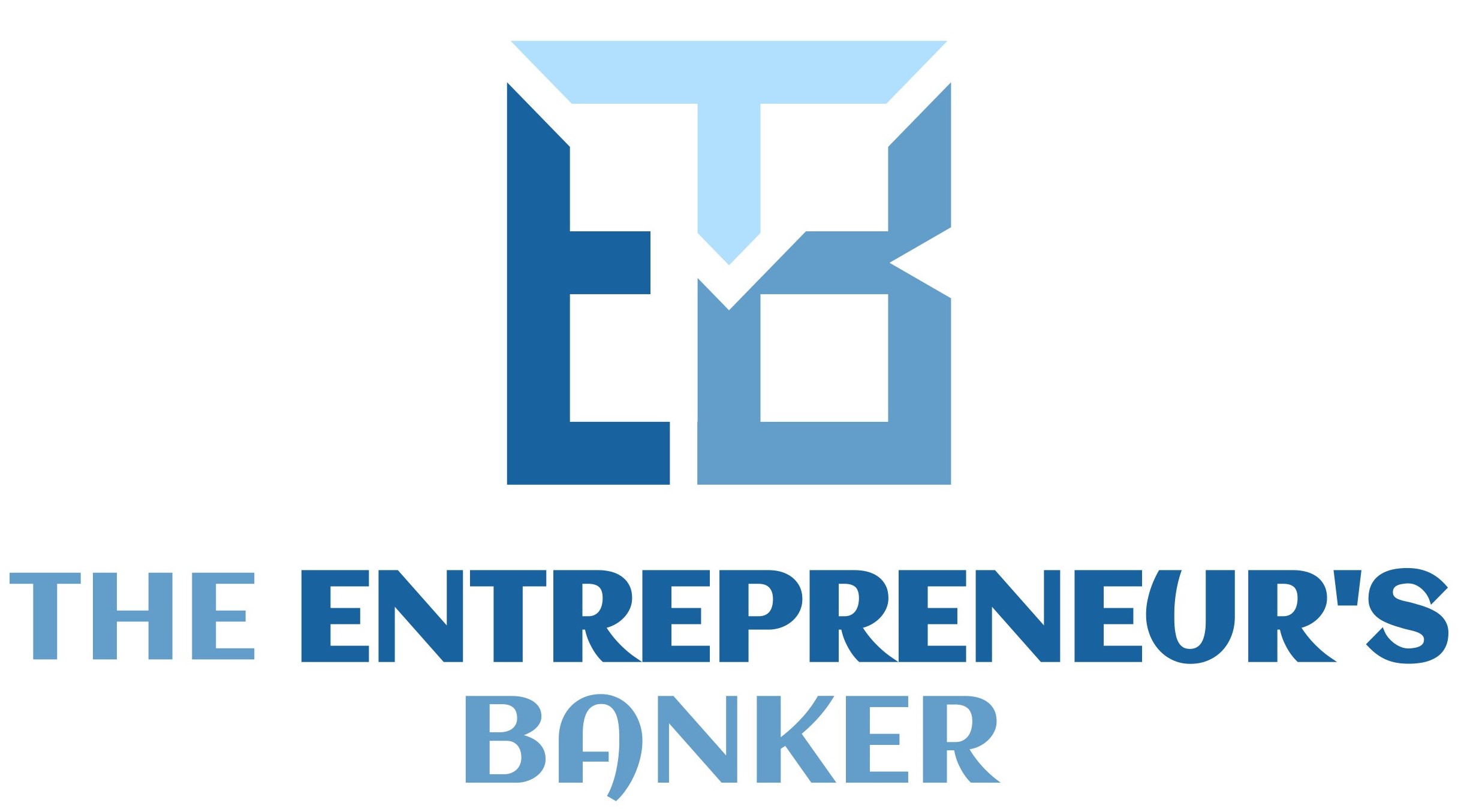Many of you know that I have had the honor of deploying overseas three times while in the US Army. The last deployment started in November 2008 and lasted until September 2009. I like to joke that in 2008, as the financial crisis was getting started, I elected to take an all-expense paid trip to luxurious Taji, Iraq instead of dealing with the greatest recession since the Great Depression.
When I returned, the business environment that I stepped into did not resemble the one I knew when I left. I am still amazed by the strength, courage, and grit of entrepreneurs that made it through those tough years. It was a difficult time and unfortunately, some businesses failed. A few of those businesses had debt when they failed, and one of the hardest lessons that I learned was how to walk with an entrepreneur through that situation.
I want to tell you a fictional tale of 2 entrepreneurs. While the story is made it, the points are all too real. On paper these 2 entrepreneurs were identical. Both had real estate-related companies which had been hit hard by the free-falling housing market. Both had loans that they were struggling to pay, and both were forced to change their business model in order to generate cashflow.
In this situation, the fact that both companies were generating cash proved that they had the capacity (or ability) to repay their loans; but that is where the similarities stopped. For one off the entrepreneurs (let’s call him Bobby) also demonstrated the willingness to repay his loan; but the other entrepreneur (Billy), did not.
Bobby sat down with his banker when trouble first started and laid everything on the table. He showed how he was adjusting his business to generate income, as well as how he planned to cut expenses; not only in the business, but also in his personal life. Bobby was committed to making all of his payments, even if they were a little late and he had to eat ramen soup more times than he cared to.
Billy also sat down with his banker, but only after the banker had to track him down in order to find out what was going on. Billy only shared a minimal amount of information and refused to make any commitments of paying the loan back. There were also times that he posted on Facebook that he was living it up on his fishing boat and flying to Hawaii for a long weekend. He said multiple times that the bank would get paid when he got around to it, and if the banker didn’t like it – then they could just foreclose on the collateral and Billy would see them in court.
You don’t have to be Carnac the Magnificent to know how the story ends. The bank worked with Bobby, granting him multiple extensions and modifications. Billy however, got his wish and ended up in a legal battle with the bank.
The main point of this made up story is that while both entrepreneurs had the capacity to pay their loan back, the willingness to pay their loan back (or change personal spending habits) was the critical difference in the outcomes. I hope that I have provided enough value and transparency that by now you believe me when I say that banks DON’T WANT to have their loans go bad. They often times will do everything allowable to keep from having to foreclose on a loan. Two of the major considerations that they assess during these difficult situations are capacity and willingness.
But looking at capacity and willingness is not only assessed during a troubled loan situation. I was at a bank conference last year (insert super nerd joke here) and one of the attendees was telling me of a deal that she just turned down out in wine country. Without going into specifics, she described a really cool company that was dominating a niche part of grape harvesting. They were literally shaking huge profits into the bank. The problem was that the owner loved hot air balloons, I mean LOVED. This person supposedly had one of the largest and most impressive collections in the northern hemisphere. After a few days of analysis, the banker talked to the prospect and pointed out that this love of these colorful gas-bags was sucking all of the cash out of the company. She told the entrepreneur that the only way her bank was going to extend a seven-figure line of credit was if the owner agreed to spend less than $1 million a year on hot air balloons. Unfortunately, the entrepreneur was not willing to put his company first and as a result, he is still looking for another bank.
Being an entrepreneur is one of the most difficult and demanding things you can do. The good news is that entrepreneurship today is a team sport. Hit the connect button on LinkedIn or Facebook NOW and together we will start maximizing your profit, strengthening your leadership skills, controlling your business finances, and using your bank as a strategic advantage. When we connect, tell me if you know who Carnac the Magnificent’s alter ego was.

Greg Martin is an entrepreneur’s insider to the banking industry and passionately believes that every person was uniquely designed for a higher purpose and calling. Greg guides entrepreneurs in defining and achieving their purpose and calling. His deepest passion is living life with his wife and their wonderful son.
Get In Touch
College Station, Texas
(910) 257-8286

